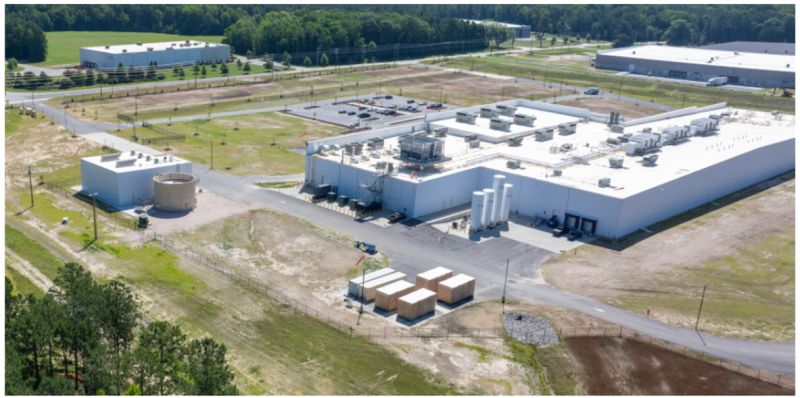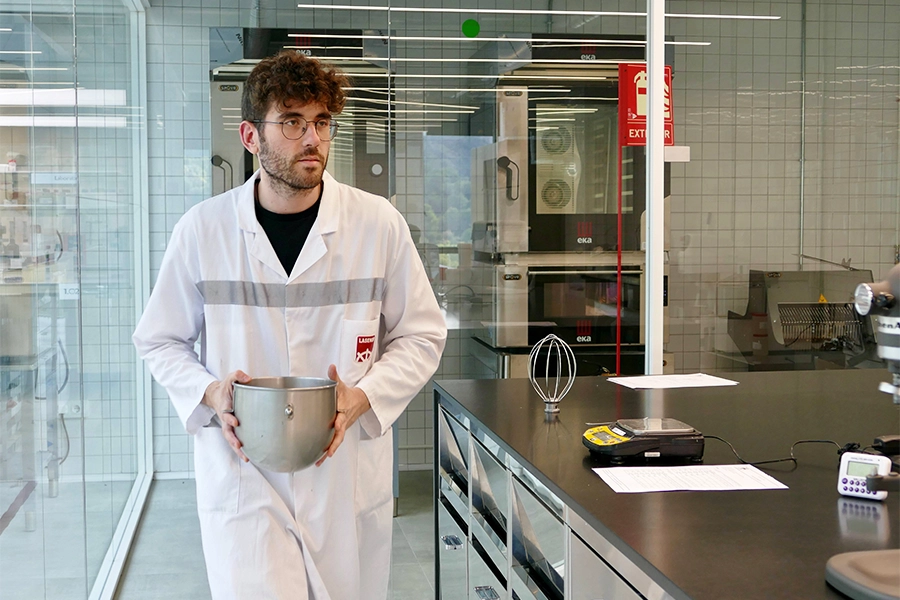

Bridging gaps in the European plant-based protein value chain
The journey toward a transformed European food system through the development of new plant-based value chains faces numerous challenges, as highlighted by researchers and industry experts from Ireland, Germany, Italy, and Serbia. The VALPRO path project team led by Teagasc, conducted desk-based research, interviews and workshops with international experts to uncover the complexities of these challenges. Subsequently, utilizing the gathered information, the Teagasc team has developed an online story map titled 'Feeling the Pulse: Identifying Gaps in the EU Plant-Based Protein Value Chain'.
The dynamic story map serves as a comprehensive guide that identifies and visually represents gaps across all stages of the plant-based protein value chain. Focusing on high-value protein crops grown in the EU like peas, lupins, chickpeas, fava beans, soybeans, and lentils, the insights aim to empower stakeholders involved in strategic planning, business case development, and transformative initiatives within the European food system.
Key findings from the story map reveal critical gaps across value chain stages:
Inputs stage: Legume potential in European farming systems is hindered by a shortfall in registered grain legume varieties adaptable to diverse climates. Data from the EU Plant Variety Database highlights a significant disparity in registered varieties between grain legumes and wheat. Insufficient registered plant protection products result in a scarcity of inputs for managing pests, diseases, and weeds in protein-rich legumes, affecting crop's yield stability.
Cultivation and production stage: Lack of in-depth farm advisory support, education, and training impedes high yields and restricts innovation opportunities along the value chain. Current grain legume yields in Europe fall below their potential, illustrated by the relative yield gap showcased in the story map.
Processing and packaging stage: Existing technologies can alter plant-based ingredient textures, but additional techniques are needed to ensure sensory properties and functionality.
Marketing and distribution stage: Communication gaps related to labeling, marketing standards, and brands are observed. Consumer knowledge gaps contribute to confusion and concern, creating a gap at the sales and retail stage. In the food service sector, knowledge gaps and inconsistent retailer promotions hinder the recognition of unique characteristics of plant-based proteins.
The map also highlights the importance of the institutional context as an influence on these gaps. It notes that governments and policy makers on the one hand, and society and individuals on the other hand, have a role to play in addressing these gaps.
"We will review and update this story map over the course of the VALPRO Path project so that we can refine the messages we are communicating, highlighting those challenges that remain while equally showing the progress achieved," said VALPRO Path project coordinator, Dr Ewen Mullins, from Teagasc.
If you have any questions or would like to get in touch with us, please email info@futureofproteinproduction.com






